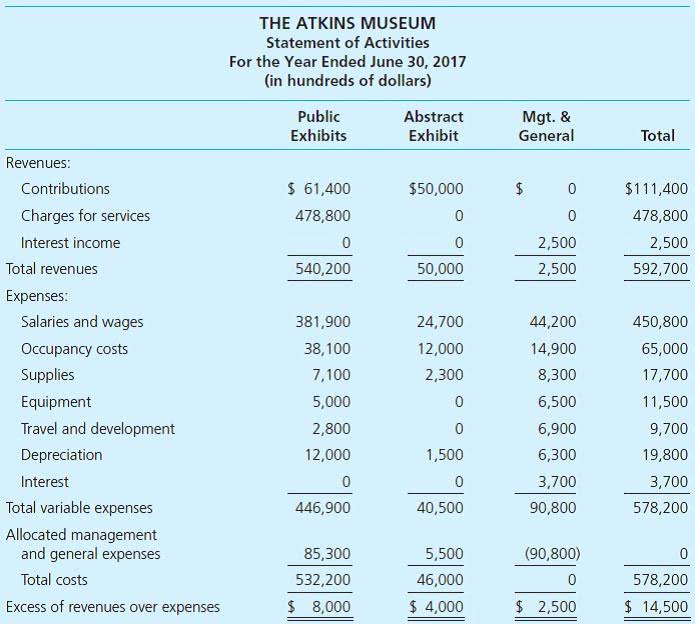Retained Earnings: Calculation, Formula & Examples

Profits give a lot of room to the business owner(s) or the company management to use the surplus money earned. This profit is often paid out to shareholders, but it can also be reinvested back into the company for growth purposes. The cash ratio is the most conservative as it considers only cash and cash equivalents. The current ratio is the most accommodating and includes various assets from the Current Assets account.
Calculate Retained Earnings on a Balance Sheet
A business is taxed based on its net income, and retained earnings are what remains after net income is taxed. Retained earnings are not the taxed portion because tax has already been deducted from this total. Retained earnings are an equity balance and as such are included within the equity section of a company’s balance sheet. If every transaction you post keeps the formula balanced, you can generate an accurate balance sheet. Note that each section of the balance sheet may contain several accounts.
Gross Profit: What Is It and What It Means For Your Business
The company posts a $10,000 debit to cash (an asset account) and a $10,000 credit to bonds payable (a liability account). Regularly assess your retained earnings in the context of your business objectives and shareholder needs, perhaps with the help of financial is retained earnings a current asset advisors. The dividend preferences of shareholders can influence retained earnings, especially in dividend-focused industries. For instance, tech startups often reinvest heavily to fuel growth, whereas mature utility companies might pay more dividends.
Stock Dividend Example
This result is your net income, showing what the company earns after covering all its costs. Get instant access to video lessons taught by experienced investment bankers. Learn financial statement modeling, DCF, M&A, LBO, Comps and Excel shortcuts. For our retained earnings modeling exercise, the following assumptions will be used for our hypothetical company as of the last twelve months (LTM), or Year 0.

Stock dividends, on the other hand, are the dividends that are paid out as additional shares as fractions per existing shares to the stockholders. Likewise, both the management as well as the stockholders would want to utilize surplus net income towards the payment of high-interest debt over dividend payout. When your business earns a surplus income, you have two alternatives. You can either distribute surplus income as dividends or reinvest the same as retained earnings.
After you calculate your beginning retained earnings, you’ll work out your net income. First, make sure your income statement is correct with all expenses and revenues recorded accurately. Then, calculate your income along with your loss while ensuring accuracy; double-check your figures. A business’s calculated retained earnings are a crucial indicator of overall financial health. Positive retained earnings are a good sign, while long-term negative figures indicate financial trouble.
- When creditors see a negative figure, they’re less likely to grant the business a loan or may provide it, but with a higher interest rate.
- Traders who look for short-term gains may also prefer getting dividend payments that offer instant gains.
- This profit can be carried into future periods in an accounting balance called retained earnings.
- Retained earnings are a clearer indicator of financial health than a company’s profits because you can have a positive net income but once dividends are paid out, you have a negative cash flow.
- Also, keep in mind that the equation you use to get shareholders’ equity is the same you use to get your working capital.


